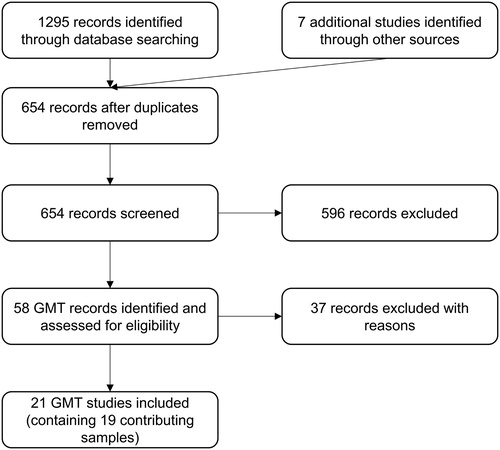Figures & data
Table 1. Summary of GMT studies.
Table 2. Number of samples and number of participants according to etiology included in the meta-analysis.
Figure 2. Forest plot of studies examining everyday executive functions tasks immediately after training and at follow-up.
Solid squares = effect size of each study; size of squares = study weight (weighted by sample size); Lines = 95% confidence interval; diamond = summary effect; width of diamond = precision. TAP-A = Test of Attentional Performance Alertness, CFT = Category Fluency Test, LF = Letter Fluency, CPT = Continuous Performance Test II, CWI = Color-Word Interference Test, VF = Verbal Fluency, TMTB = Trail Making Test B, TEA = Test of Everyday Attention, SART = Sustained Attetion to Response Task, PASAT = Paced Auditory Serial Addition Test, CANTAB IST = Information Sampling Task, SOC = Stocking of cambridge, TMT = Trail Making Test, DF = Design Fluency, DV = Digit Vigilance Test, FAS = FAS Verbal Fluency Test, WCST = Wisconsin Card Sorting Test.
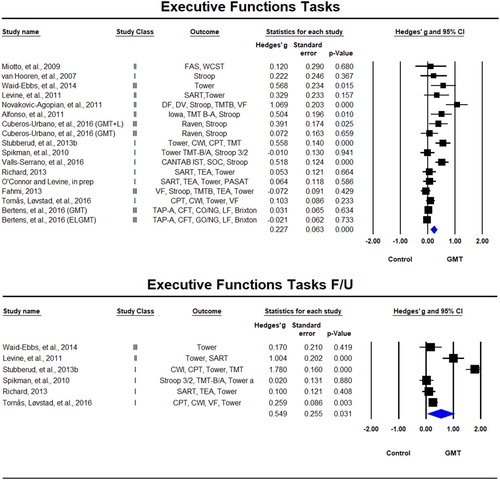
Figure 3. Forest plot of studies examining everyday executive functions tasks immediately after training and at follow-up.
Solid squares = effect size of each study; size of squares = study weight (weighted by sample size); Lines = 95% confidence interval; diamond = summary effect; width of diamond = precision. MSET = Modified Six Elements Test, BADS = Behavioural Assessment of the Dysexecutive Syndrome, MET = Multiple Errand Test, R-SAT = Revised Strategy Application Test, UPSA = UCSD Performance-Based Skills Assessment, MET-CV = Multiple Errands Test − contextualised version, VPT = Virtual Planning Test, SRLT = simulated real-life tasks.
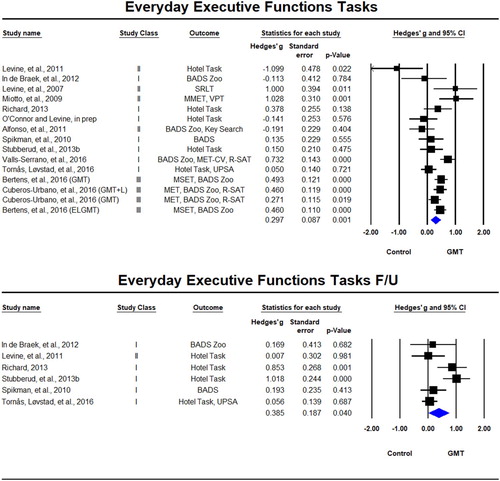
Figure 4. Forest plot of studies examining subjective ratings of executive functions by patient immediately after training and at follow-up.
Solid squares = effect size of each study; size of squares = study weight (weigthed by sample size); Lines = 95% confidence interval; diamond = summary effect; width of diamond = precision. EFI = Executive Function Index, EOS = Executive Observation Scale, CFQ = Cognitive Failures Questionnaire, DEX = Dysexecutive Questionnaire, BRIEF-A = Behavior Rating Inventory of Executive Function – Adult, GMT-Q = Goal Management Training Questionnaire.
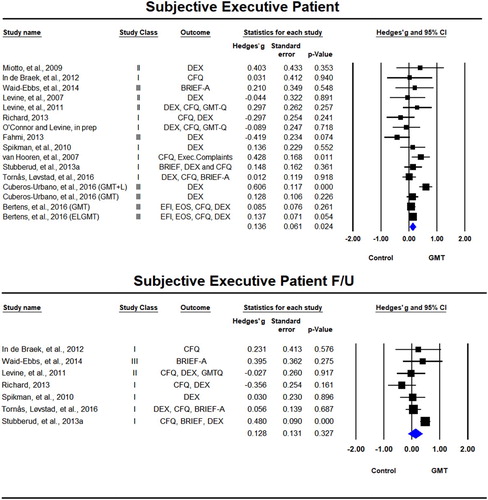
Figure 5. Forest plot of studies examining subjective ratings of executive functions by proxy immediately after training and at follow-up.
Solid squares = effect size of each study; size of squares = study weight (weigthed by sample size); Lines = 95% confidence interval; diamond = summary effect; width of diamond = precision. EOS = Executive Observation Scale, CFQ = Cognitive Failures Questionnaire, DEX = Dysexecutive Questionnaire, BRIEF-A = Behavior Rating Inventory of Executive Function – Adult, GMT-Q = Goal Management Training Questionnaire. *rated by both spouse/caregiver and therapist.

Figure 6. Forest plot of studies examining working memory and speed of processing immediately after training.
Solid squares = effect size of each study; size of squares = study weight (weigthed by sample size); Lines= 95% confidence interval; diamond = summary effect; width of diamond = precision. SOPT = Self-Ordered Pointing Test, CT = Consonant Trigrams, DS = Digit Span, LNS = Letter Number Sequencing, AS = Arithmetic Span, TMT = Trail Making Test, VAT = Visual Attention Test, DSMT = Digit Symbol Modalities Test.
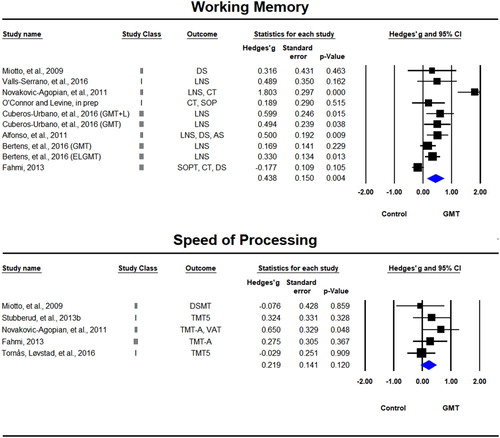
Figure 7. Forest plot of studies examining Instrumental Activities of Daily Living (iADL) immediately after training and at follow-up.
QOLIBRI = Quality of Life after Brain Injury, GAS = Goal attainment scaling, RRL = Role Resumption List, CIBIC-Clinician’s Interview-Based Impression of Severity and Change.
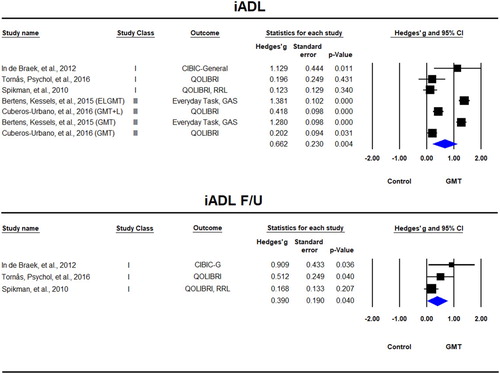
Figure 8. Forest plot of studies examining mental health status immediately after training and at follow-up.
SF-36 = The Short Form (36) Health Survey, HSCL-25 = Hopkins Symptom Checklist, BREQ = The Brain Injury Rehabilitation Trust Regulation of Emotions Questionnaire, PSS = Perceived Stress Scale, SCL-90 = Symptom Check List–90, POMS TMD = Profile of Mood States Total Mood Disturbance.
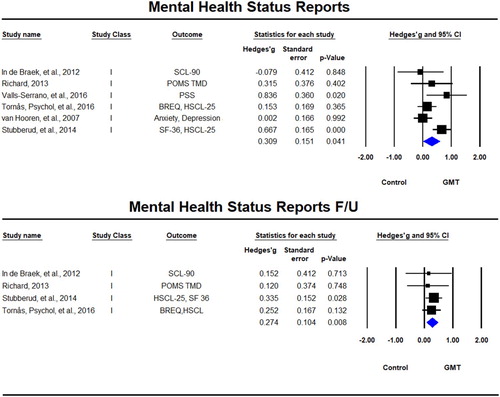
Figure 9. Forest plot of studies examining memory immediately after training. RBMT = Rivermead Behavioural Memory test; DR = Delayed Recall, IR = Immediate Recall; LM = Logical Memory; BVMT = Brief Visuospatial Memory Test, HVMT = Hopkins Verbal Learning Test.
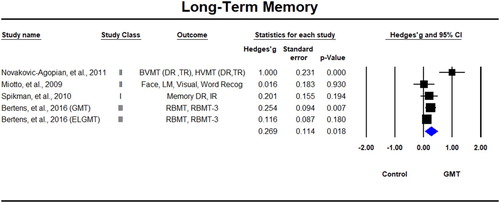
Table 3. Summary of effect sizes across cognitive measures domains.
Table 4. Meta-regression analyses.
Figure 10. Relationship between GMT treatment hours and effect size in Executive Function Tasks.
GMT = Goal Management Training; Ctrl = Control, f/u = follow up; subj.= subjective, ICU = Intensive Care Unit; TBI = Traumatic Brain injury; ABI = Acquired Brain injury; ADHD, Attention Deficit Hyperactivity Disorder, MS = Multiple Sclerosis, SUD = Substance Use Disorder; CVD = Cerebrovascular Disease.


